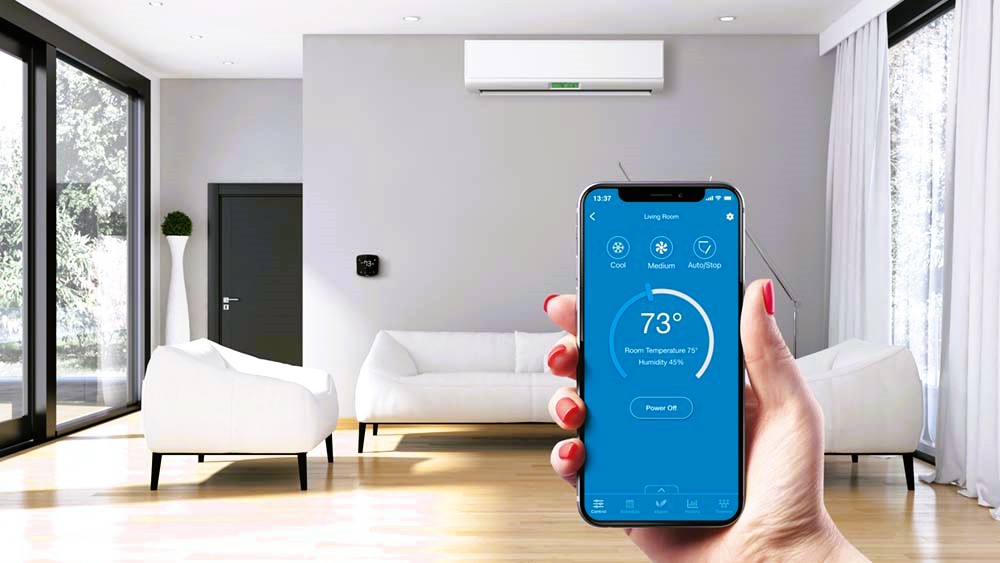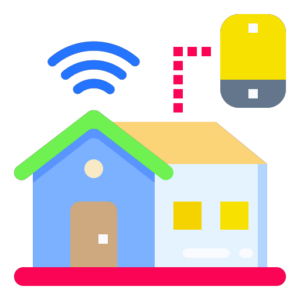The management of indoor climate plays a pivotal role in creating a comfortable and livable environment within homes. Over the years, various approaches to climate control have emerged, each offering distinct features and benefits. In this exploration, we will delve into the nuances of different approaches to climate control in homes, addressing the features, advantages, and considerations associated with each method.
1. Traditional HVAC Systems: The Foundation of Climate Control
Features: Traditional Heating, Ventilation, and Air Conditioning (HVAC) systems serve as the cornerstone of climate control in many homes. These systems typically consist of a central unit that provides both heating and cooling, along with a network of ducts for air distribution. HVAC systems are known for their reliability and ability to maintain consistent temperatures throughout the home.
Advantages:
- Temperature Regulation: HVAC systems excel at precise temperature control, ensuring that homes stay warm in winter and cool in summer.
- Whole-House Comfort: Centralized HVAC systems can provide uniform comfort to all rooms within a home.
- Air Filtration: Many HVAC systems come equipped with air filters that improve indoor air quality by capturing dust, allergens, and pollutants.
Considerations:
- Energy Consumption: Traditional HVAC systems can be energy-intensive, particularly if not properly maintained or if the home has inefficient insulation.
- Ductwork Challenges: The installation of ductwork may be challenging in existing homes or those with limited space.
2. Ductless Mini-Split Systems: Zoned Comfort

Features: Ductless mini-split systems offer a decentralized approach to climate control, providing zoned heating and cooling without the need for ductwork. These systems consist of an outdoor unit connected to one or more indoor units placed in specific zones or rooms. Each indoor unit can be controlled independently, allowing for customized temperature settings in different areas of the home.
Advantages:
- Energy Efficiency: Ductless systems are known for their energy efficiency, as they eliminate the energy losses associated with ductwork.
- Zoned Control: Residents can tailor the climate of individual rooms, optimizing comfort and reducing energy waste in unoccupied spaces.
- Flexible Installation: Ductless systems are relatively easy to install and are suitable for both new constructions and retrofitting existing homes. What is the impact of 5G on smart home connectivity, the answer is here.
Considerations:
- Upfront Cost: While ductless systems offer long-term energy savings, the initial installation cost may be higher compared to traditional HVAC systems.
- Aesthetics: Some homeowners may find the appearance of indoor units less appealing, although modern designs aim to be unobtrusive.
3. Smart Thermostats: Precision and Connectivity
Features: Smart thermostats represent a technological advancement in climate control, providing homeowners with precision and connectivity. These devices can learn user preferences, adapt to schedules, and be controlled remotely via smartphone apps. Some models also integrate with other smart home devices for a comprehensive home automation experience.
Advantages:
- Energy Savings: Smart thermostats optimize heating and cooling based on occupancy patterns and user preferences, leading to energy efficiency.
- Remote Control: Users can adjust temperature settings and monitor climate conditions remotely, contributing to convenience and flexibility.
- Learning Capabilities: Advanced models can learn user habits over time, automatically adjusting settings to maximize comfort and savings.
Considerations:
- Compatibility: Compatibility with existing HVAC systems and smart home ecosystems should be considered before investing in a smart thermostat.
- Initial Cost: While smart thermostats offer long-term savings, their upfront cost may be higher than traditional thermostats.
4. Radiant Heating: Invisible Warmth from Below
Features: Radiant heating systems operate by delivering heat directly to the floor, walls, or ceiling of a home. This method provides a different approach to climate control, focusing on even heat distribution from the ground up. Radiant floor heating, in particular, has gained popularity for its comfort and energy efficiency.
Advantages:
- Comfort: Radiant heating provides a comfortable and even distribution of heat, with the warmth originating from the floor.
- Energy Efficiency: Radiant systems can be energy-efficient, especially when paired with efficient insulation and building materials.
- Zoning Possibilities: Radiant systems can be zoned to heat specific areas of the home independently.
Considerations:
- Installation Complexity: Retrofitting a home with radiant heating can be complex, requiring adjustments to flooring or the installation of heating elements within walls.
- Response Time: Radiant systems may have a slower response time compared to forced-air systems, requiring anticipation of heating needs.
International Standards and Climate Control:

The International Organization for Standardization (ISO) plays a crucial role in developing and maintaining standards related to climate control systems. These standards cover aspects such as energy efficiency, safety, and performance to ensure that heating, ventilation, and air conditioning systems adhere to globally recognized benchmarks.
For more information on international standards related to climate control systems, you can refer to the ISO website.
Conclusion: Tailoring Comfort to Individual Preferences
In conclusion, the management of indoor climate has evolved, offering homeowners various approaches to achieve comfort and efficiency. Traditional HVAC systems provide reliable whole-house comfort, while ductless mini-split systems offer zoned control. Smart thermostats add precision and connectivity, allowing for remote control and learning capabilities. Radiant heating systems, on the other hand, provide a unique approach with even heat distribution from below.
The choice of a climate control approach depends on factors such as energy efficiency goals, existing home infrastructure, and individual preferences. As technology advances and international standards continue to shape the industry, homeowners have the opportunity to tailor their climate control systems to align with their specific needs and contribute to a more sustainable and comfortable living environment.


